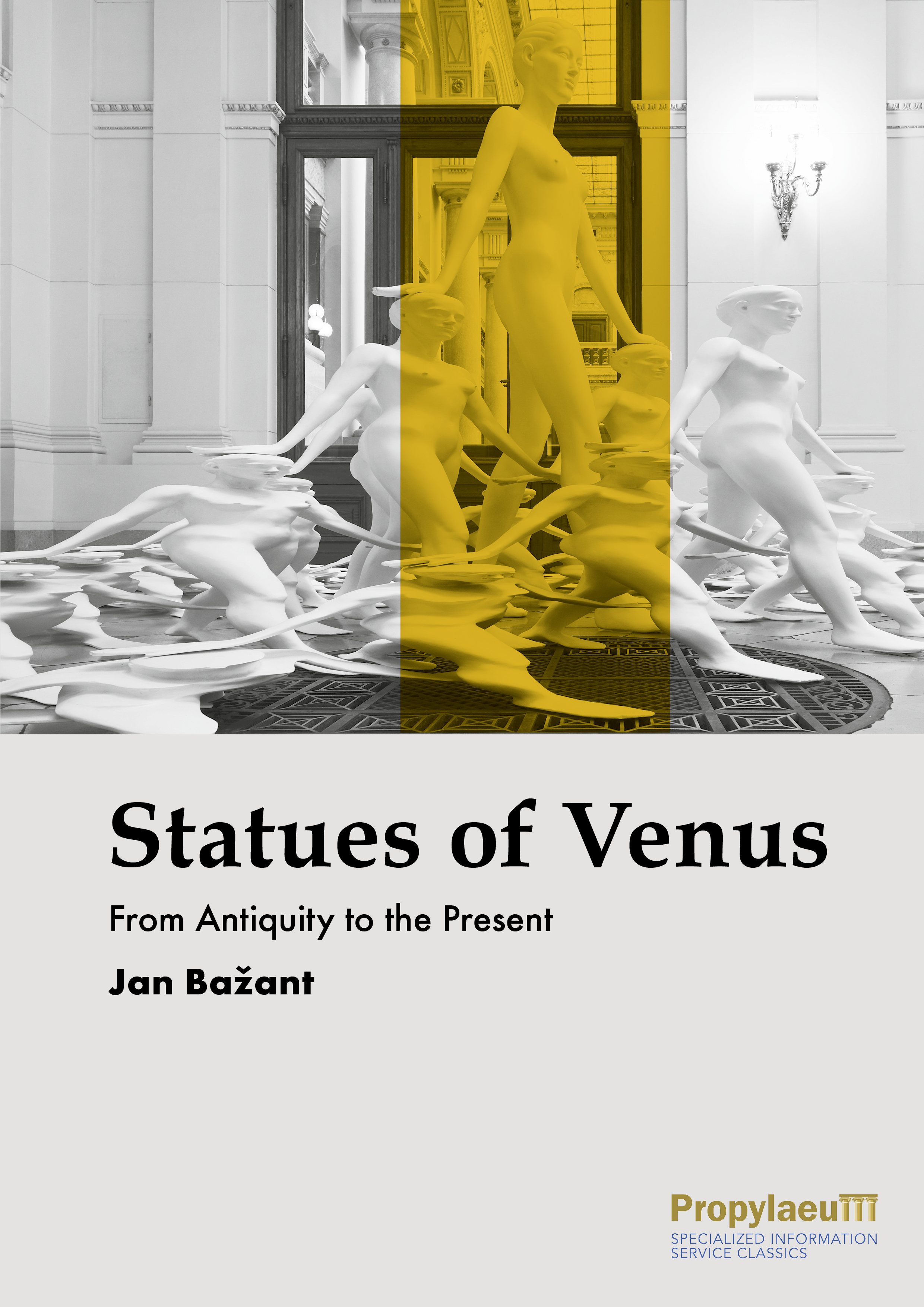
Zitationsvorschlag
Lizenz

Dieses Werk steht unter der Lizenz Creative Commons Namensnennung - Weitergabe unter gleichen Bedingungen 4.0 International.
Veröffentlicht
Downloads
Statues of Venus
From Antiquity to the Present
Das Ziel dieses Buches ist die Erforschung der Venus-Statuen. Im Laufe der Jahrhunderte haben sie sich dem Aussehen an reale Frauenbilder mal mehr, mal weniger stark angenähert. Von der Antike bis ins 21. Jahrhundert schwankten die Bildhauer zwischen der idealen (und daher faden) Schönheit, die die Göttin charakterisiert, und den verführerischen Formen des Körpers einer lebendigen Frau, die sich aus verschiedenen Gründen nie ganz behaupten konnten. In der Antike wurde dies durch die Tatsache verhindert, dass die Statue eine Göttin darstellte; im nachantiken Europa lag es vor allem an dem Tabu, weibliche Nacktheit darzustellen. Venus hätte als nackte Frau mit allen rassigen Details dargestellt werden können, aber der Betrachter hätte eine solche Darstellung kaum ernst genommen. Die Künstler hätten auf attraktive Merkmale des weiblichen Körpers verzichten können, aber wie hätte der Betrachte die Darstellungen dann als Venus, der Mutter des Amor, erkannt?






